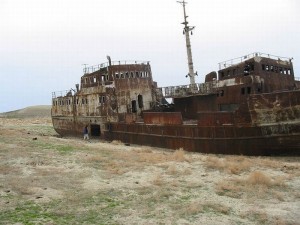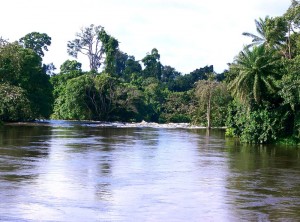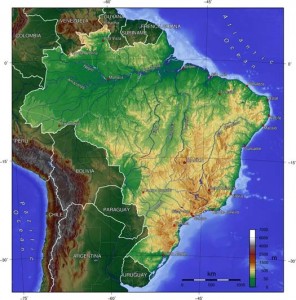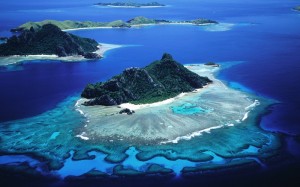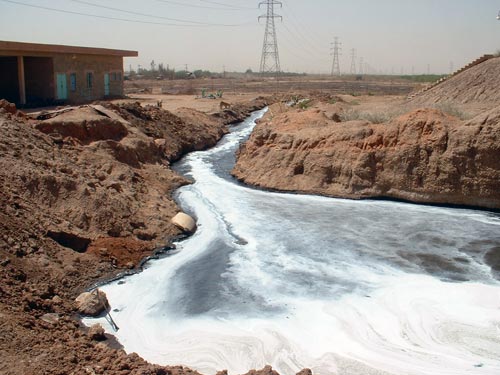- The Aral Sea basin contains over 14,752 glaciers with a total area of some 1,043 km2. The ones located in Uzbekistan account for 1.1% of the total glaciated area in Central Asia. Recent assessments indicate that the country’s glaciers and ice reserves are receding. Since 1957 the glaciers have shrunk by almost 20%, losing 104 billion m3 of water. Read more
Archive for Facts and figures
Did you know…? Facts and figures about Uzbekistan – The Aral Sea Basin
Did you know…? Facts and figures about Cameroon
- The country’s 1,200 km length, proximity to the sea and topography give it a varied climate with wide differences in rainfall and vegetation. The maximum rainfall of 10,000 mm occurs in the equatorial climate zone in the south, and the minimum of 500 mm in the extreme north on the edge of the Sahara. The average annual rainfall is about 1,684 mm.
- Agriculture is the backbone of Cameroon’s economy, accounting for about 41% of GDP and 55% of the workforce. Irrigation has contributed substantially to productivity, making cultivation possible during the dry season. In 2000, irrigated area of about 224.5 km2 corresponded to around 8% of the potentially irrigable area. Read more
Category: Facts and figures |
Tags: Cameroon
Did you know…? Facts and figures about the Lake Merin Basin
- Lake Merín is a freshwater body shared by Uruguay and Brazil. Covering an area of some 5,000 km2, it is the second largest lake in South America, after Lake Titicaca in the Andes. The Lake Merín basin extends about 63,000 km2 on the Atlantic coast of South America.
- It lies in the temperate zone, with a subtropical climate and annual rainfall of 1,200 to 1,500 mm. Much of the rain falls from June to September, while November to December is usually the driest time of the year. Read more
Did you know…? Facts and figures about the Pacific Islands
- There are about 30,000 islands in the Pacific Ocean, only 2,000 of which are inhabited. Many of the populated islands are less than 10 km2, while some, especially atolls, are less than 1 km2.The 18 Pacific Island countries and territories considered in this study account for 550,000 km2 of land and some 7 million inhabitants spread across 180 million km2 of ocean – about 36% of the earth’s surface. Read more
Category: Facts and figures |
Facts and figures about Sudan
- Annual rainfall varies from 25 mm in the Sahara desert, in the north, to over 1,500 mm in the south.
- Sudan is so vast (about 2,000 km from north to south and 1,800 km from east to west) that it lies in multiple climatic zones. In the north, where the Sahara extends into much of the country, the climate is arid, while the south is influenced by a tropical wet-and-dry climate. This variation directly affects rainfall: a rainy season runs from April to October in southern Sudan, but the rainy period gradually diminishes in length towards the north, and rainfall is scarce in the far north. Read more
Category: Facts and figures |

